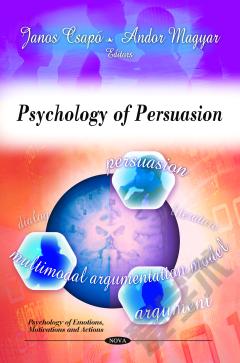Psychology of Persuasion
Persuasion is the activity of demonstrating and trying to modify the behavior of at least one person through symbolic interaction. This book surveys formal models of persuasion dialog that are now widely used in argumentation and artificial intelligence as tools for the identification, analysis and evaluation of arguments.Within the sports arena, coaches and athletes routinely look for ways to improve performance. While most of these attempts tend to focus on physical practice, the role of the mind, and psychological factors such as self-efficacy, has become increasingly important. The research and theory within this area are explored and the authors make recommendations with regards to the content and delivery of pep talks. Furthermore, it is well-known that most advertising persuades by argument and most of those arguments are logical. The authors apply Gilbert's Multimodal Argumentation Model to a series of advertisements. In addition, a peculiar kind of persuasive communication is discussed: the fictitious argument between a human being and personified death. As the choice of German-speaking texts examined here exemplifies, the dialogic and rhetorically structured way of dealing with the mortal threat has been living on well into Modern times. Other chapters explore current research on regulatory fit and persuasion into the larger contexts of elaboration likelihood and transportation likelihood. Current research on how regulatory fit affects persuasion through advocacy messages and through narratives is looked at as well.
{{comment.content}}








 京公网安备 11010802027623号
京公网安备 11010802027623号